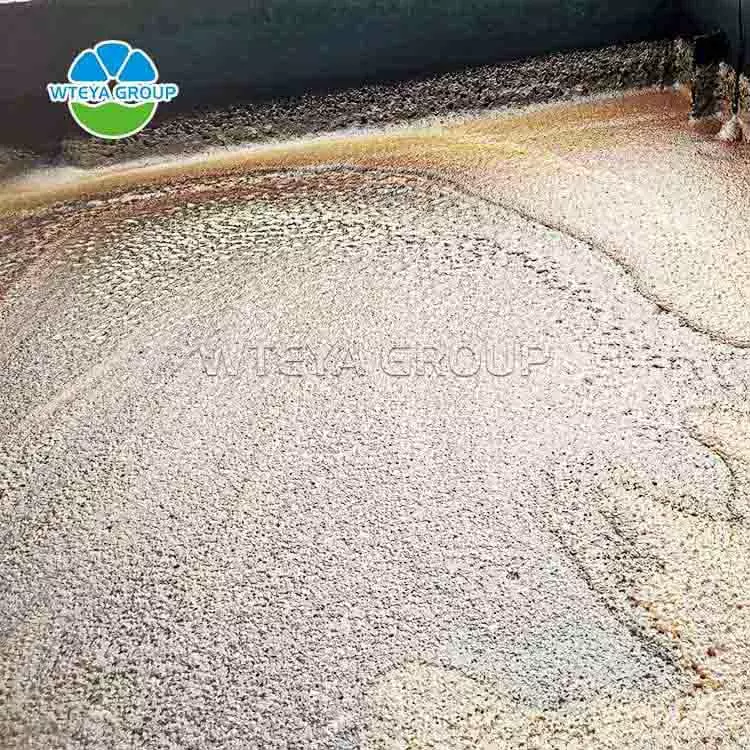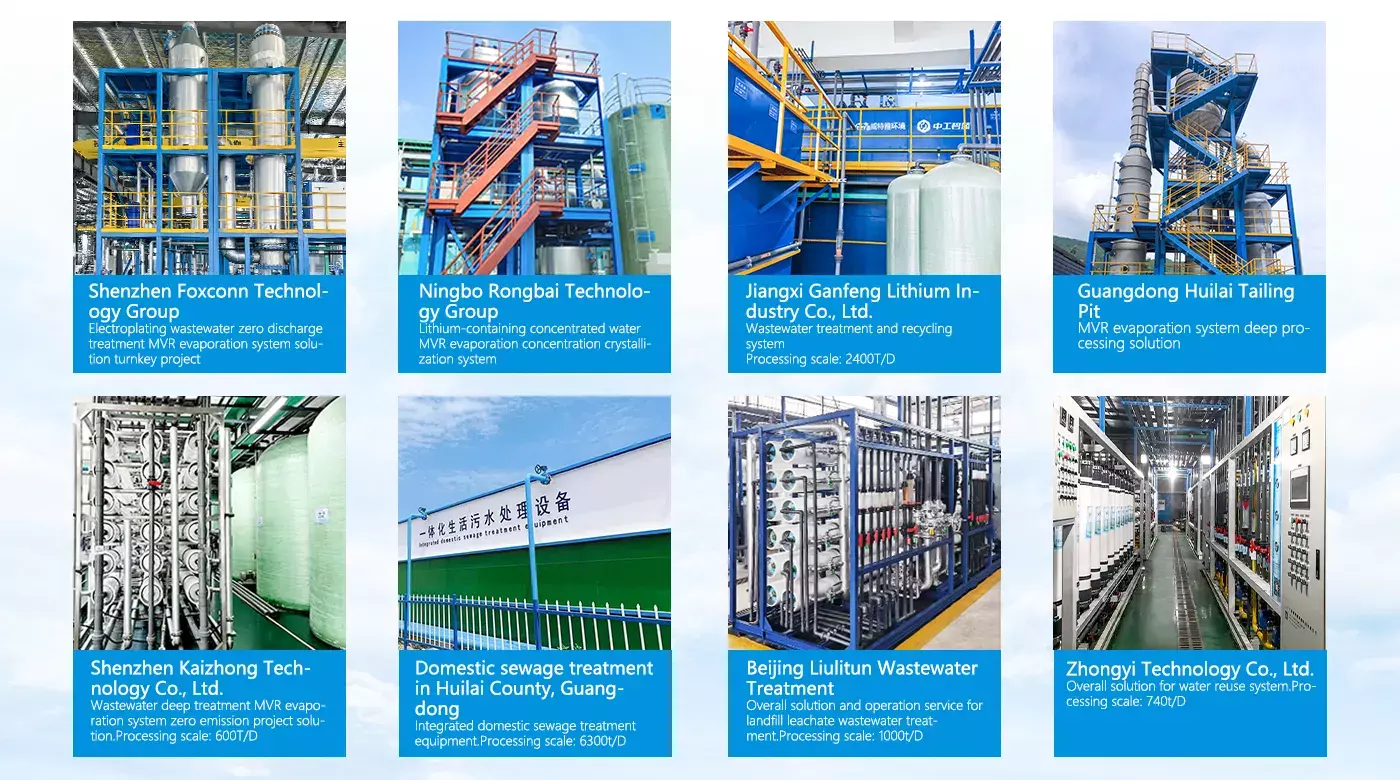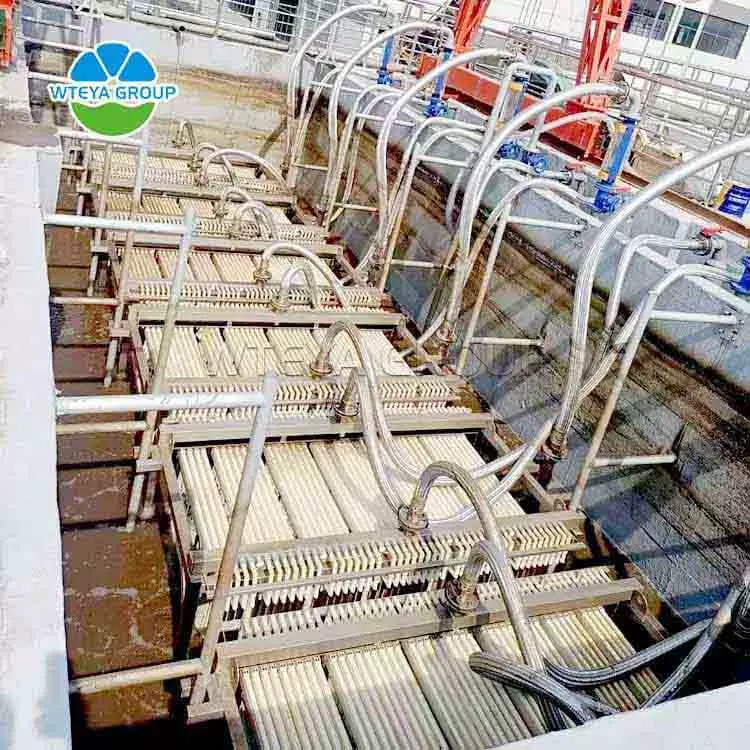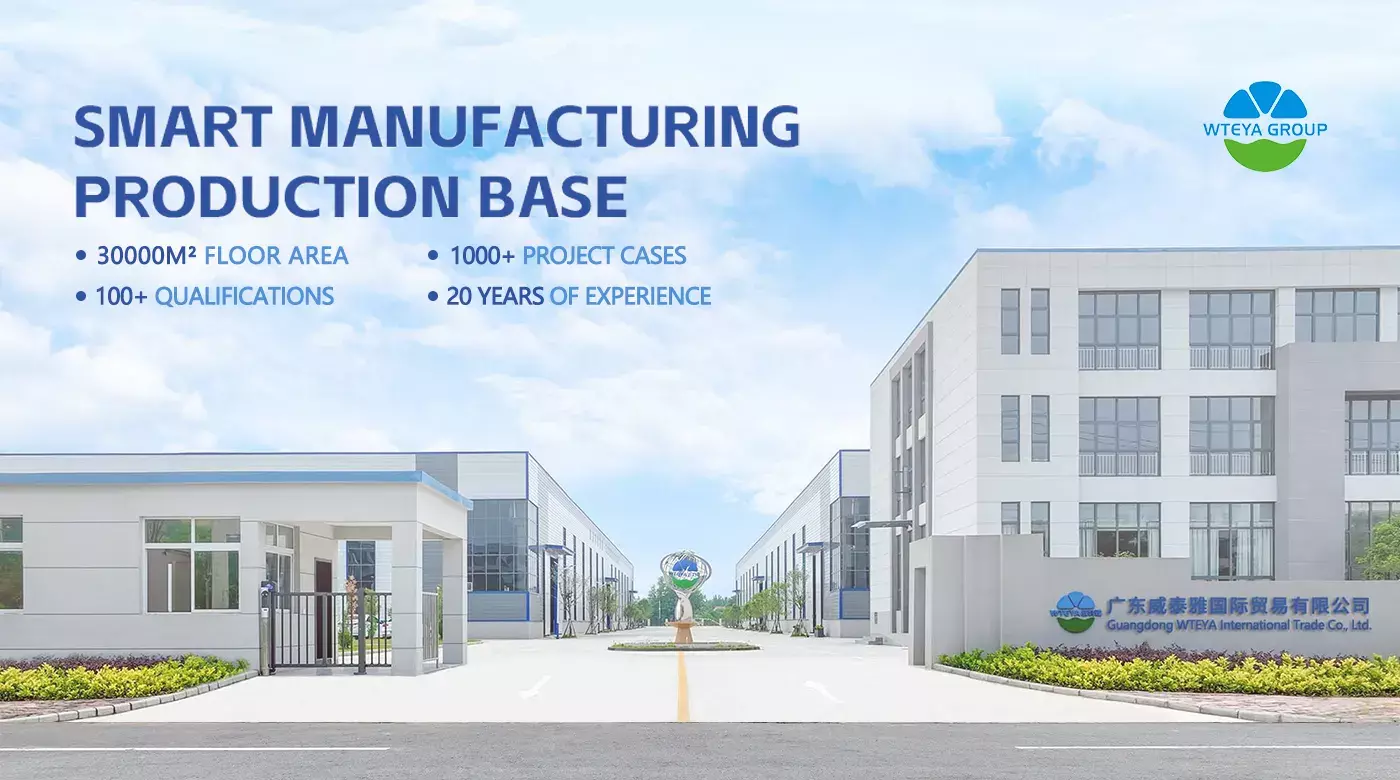WTEYA is a brand you can trust, with over a decade of extensive experience providing efficient and reliable water treatment solutions to numerous well-known companies worldwide. We have successfully implemented projects for publicly listed companies such as Foxconn, Huawei, Ganfeng, and Rongbai, with over a hundred project cases earning strong trust and praise from our clients. We support OEM & ODM customization, offering tailored solutions to meet your unique needs.
Energy-saving and Emission Reduction Strategies for Landfill Leachate Treatment from a Green Environmental Perspective
19 Sep, 2025 5:39pm
With the rapid increase in urban waste, landfill leachate poses a serious environmental threat. Efficient and effective treatment of landfill leachate is key to protecting groundwater and soil safety. As a leader in the environmental water treatment industry, WTEYA focuses on developing energy-saving and emission-reducing landfill leachate treatment solutions. This article will share several practical energy-saving and emission-reduction strategies to help the industry move towards green development.
1. Energy Consumption Pain Points in Landfill Leachate Treatment ⚡️
Landfill leachate contains high concentrations of organic substances and complex components. Traditional treatment processes (such as aerated biological methods) consume large amounts of energy and incur high operational costs. The main energy consumption occurs in:
-
Aeration system: Requires a large amount of air to maintain microbial activity.
-
Sludge treatment: The generated sludge needs secondary treatment or disposal.
-
Pumping system: Significant energy consumption for circulating water pumps.
WTEYA addresses these pain points through technological innovation and provides energy-saving solutions to reduce overall energy consumption.
2. Core Energy-saving and Emission-reduction Technologies by WTEYA 💡
-
Efficient Membrane Bioreactor (MBR)
MBR combines membrane filtration and biological treatment, effectively removing pollutants. WTEYA's MBR system:-
Enhances sludge concentration, reducing sludge production.
-
Ensures high effluent quality, reducing energy consumption in subsequent treatments.
-
3. Practical Energy-saving and Emission-reduction Strategies 🌱
Sludge Concentration Management
Maintain appropriate sludge concentration (MLSS generally between 8000-12000 mg/L).
High sludge concentration reduces sludge discharge frequency, saving sludge treatment costs.
Energy-saving Maintenance for System Equipment
-
-
Regularly check pump and fan efficiency, and replace outdated components in a timely manner.
-
Use high-efficiency energy-saving motors.
-
Ensure pipe sealing to reduce additional load caused by leakage.Automation Monitoring and Warning System
Implement data collection and remote monitoring systems for continuous optimization.
-

4. Future Trends: Green and Smart Leachate Treatment 🚀
WTEYA will continue to promote the following technologies:
-
AI-driven fully automated operation optimization.
-
Next-generation low-energy membrane materials.
-
Multi-energy co-generation and resource recovery technologies.
Achieving zero emissions and minimal energy consumption in landfill leachate treatment is WTEYA’s long-term goal. 🌟
Conclusion:
Energy-saving and emission-reducing landfill leachate treatment is an important aspect of environmental protection. With technological innovation and intelligent management at its core, WTEYA helps businesses achieve a green transformation. By applying the strategies mentioned above, we can not only ensure environmental safety but also significantly reduce operational costs, achieving a win-win in both economic and ecological terms.
Why Choose WTYEA?
WTYEA Is Recruiting Global Partners!

We welcome your partnership. As a brand with nearly 20 years of experience, WTEYA offers various preferential policies, professional training guidance, and comprehensive technical support you can rely on!
👉 Let WTYEA help you achieve unmatched water quality performance!









